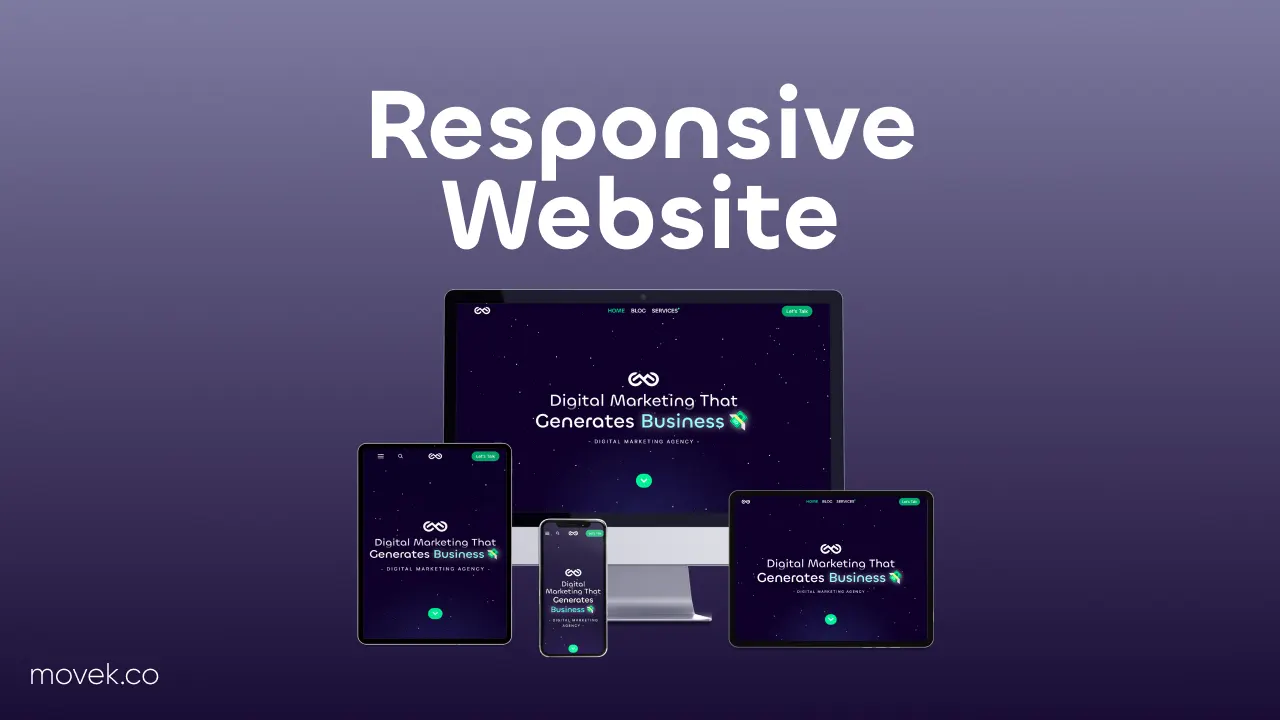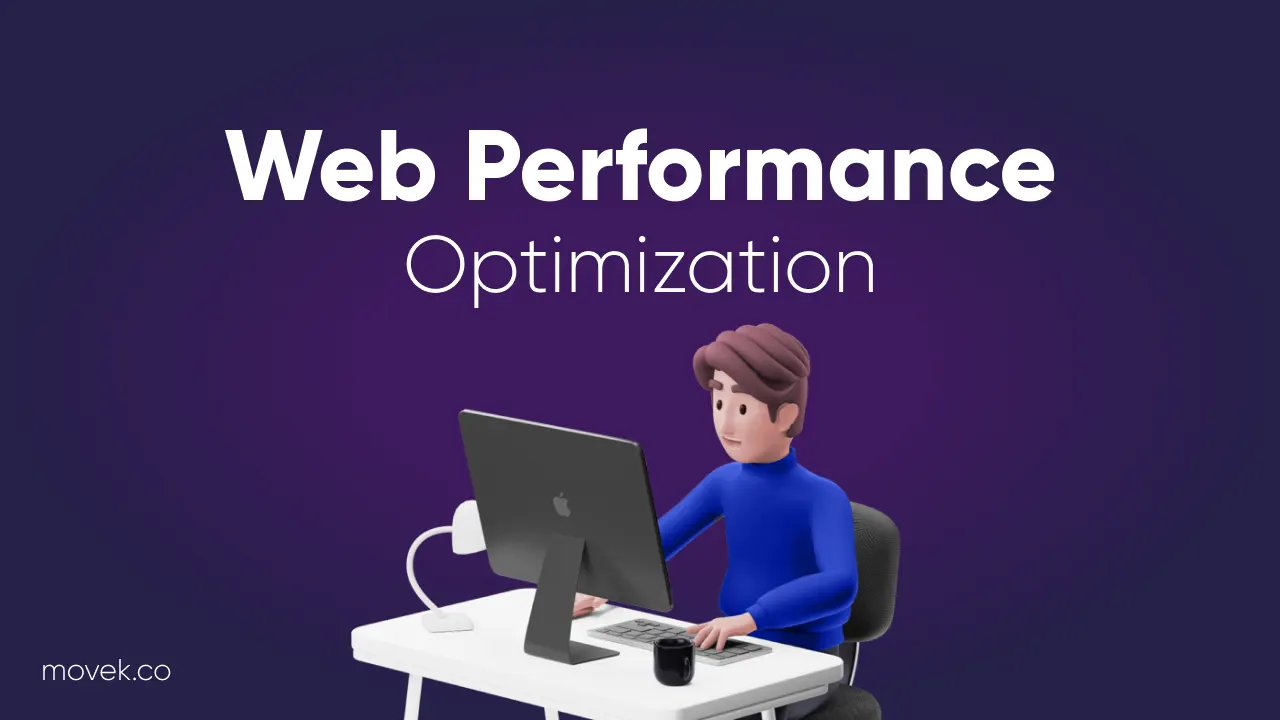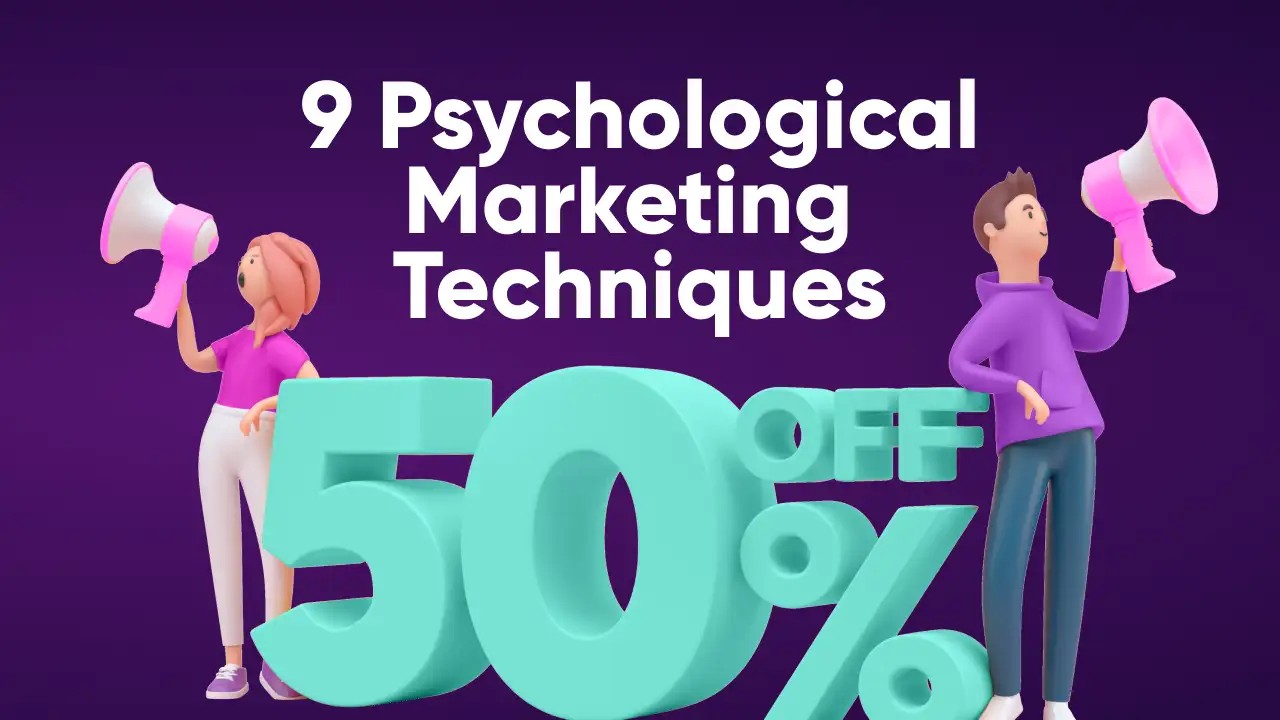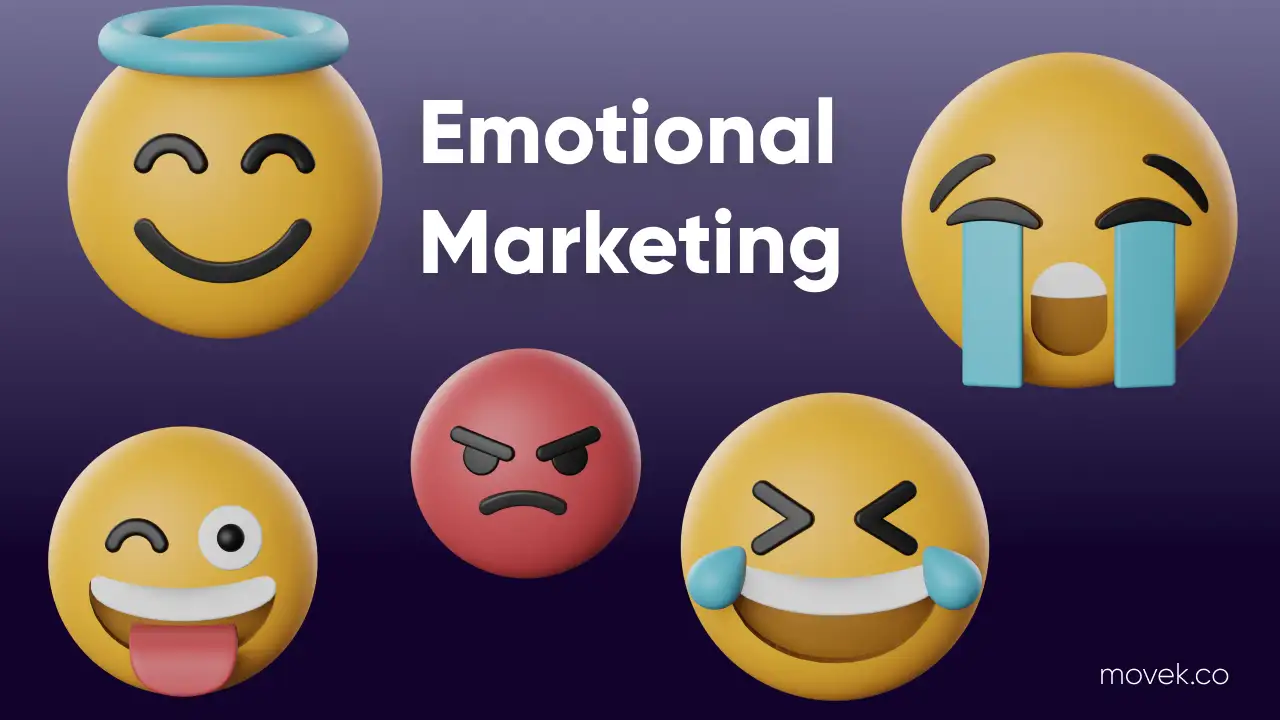
Businesses are constantly seeking effective means to connect with their target audience and boost their online presence. Google Ads, formerly known as Google AdWords, stands tall as one of the most popular pay-per-click (PPC) advertising platforms worldwide. But are Google ADS really worth it? Let’s find out together!
What are Google ADS?
Google Ads serve as a dynamic tool that allows businesses to showcase their products or services to potential customers when they search on Google. These powerful ads appear at the top of search results, strategically crafted to match specific keywords related to what the businesses offer. By capitalizing on this pay-per-click (PPC) advertising system, businesses can effectively reach their targeted audience and optimize their marketing strategies for success.
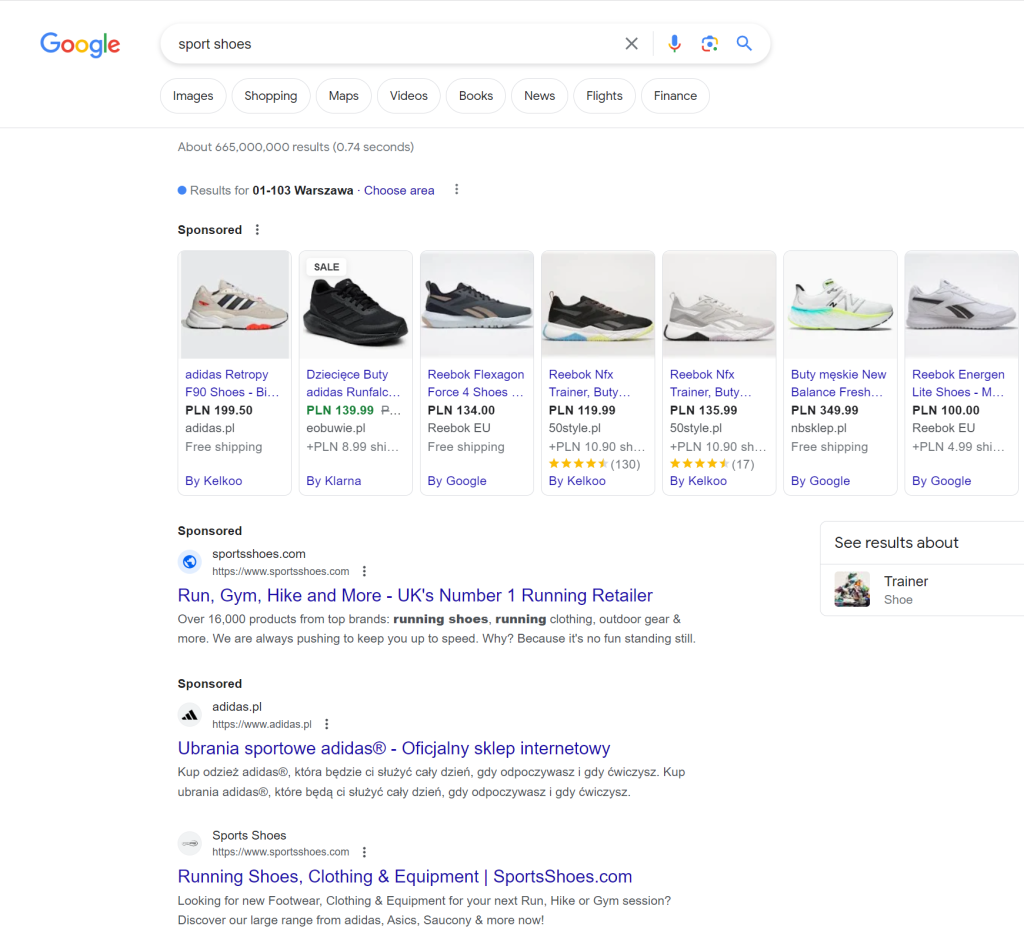
How do Google ADS work?
To determine the appearance and order of ads, Google employs an auction-based system. Advertisers participate in this system by bidding on the cost they’re willing to pay for a click on their ad, known as cost-per-click (CPC). However, the highest bid alone doesn’t guarantee top placement. Google also assesses ad quality and relevance to the user’s search. Ads striking the right balance between bid amount and quality receive visibility.
Once a user clicks on an ad, the advertiser pays the bid amount for that click, constituting pay-per-click (PPC) advertising. This setup proves advantageous as businesses only incur costs when users demonstrate genuine interest by clicking on their ad. Advertisers aim to craft captivating ads that engage their target audience and direct potential customers to their website. There, visitors can explore the business’s products or services in-depth, facilitating conversions and driving business growth.
Why are Google ADS worth it?
As the world’s top search engine, Google handles a staggering 99,000 searches per second and an incredible 8.5 billion searches daily. With people using Google three to four times each day to explore information, products, and services, you can tap into an expansive customer base! Utilizing Google Ads is worth it because your business gains access to this vast audience, driving targeted visitors straight to your website. Experience heightened brand visibility, an influx of potential leads, and skyrocketing sales.

source: Earthweb
Let’s explore some more reasons why Google ADS are worth it
1. Targeted Reach: Reaching Your Ideal Audience
One of the most powerful aspects of Google Ads is its ability to deliver laser-focused targeting options, enabling businesses to reach their ideal audience with precision. By utilizing a combination of relevant keywords, specific locations, preferred languages, and detailed demographics, you can tailor your ad campaigns to resonate with the right people at the right time.
Insights and Statistics
Personalized Ad Campaigns: According to Google, businesses that use tailored ad experiences based on their audience’s interests see an average increase of 2 to 3 times in conversion rates. This demonstrates the impact of creating personalized messages for different audience segments, which Google Ads facilitates.
Mobile Targeting
With mobile searches consistently on the rise, Google Ads lets you target users based on their devices. Mobile-specific ad campaigns can be highly effective, as 70% of smartphone users who bought something in-store used their mobile devices during the research phase, emphasizing the importance of mobile advertising.
Local Targeting Success
Businesses with a local focus can leverage Google Ads to reach customers in specific geographic regions. In fact, 72% of consumers who did a local search visited a store within five miles, highlighting the potential impact of local targeting.
Language Preferences
Google Ads allows you to choose specific languages for your ads, which is especially valuable for reaching international audiences. Studies show that users are four times more likely to respond to an ad in their native language, underlining the importance of catering to diverse language preferences.
Demographic Relevance
With detailed demographic targeting, businesses can focus on audiences that align with their products or services. For instance, if your products are primarily aimed at young adults, you can tailor your ads to target that specific age group, which could lead to increased engagement and conversions.
ROI Potential
Perhaps the most compelling evidence of the effectiveness of targeted reach through Google Ads is the return on investment (ROI) it can generate. Studies have shown that businesses make an average of $2 in revenue for every $1 they spend on Google Ads. In specific industries like the retail sector, that ROI can be even higher, with some advertisers reporting an average of $8 in revenue for every $1 spent on Google Ads. Now you can ask yourself – are Google ADS worth it?
2. Cost Control: Maximizing Your Budget
As a business owner, managing your advertising budget effectively is crucial. With Google Ads, you gain unparalleled control over your advertising expenses, ensuring maximum returns on your investment. The platform offers a flexible and cost-effective Pay-Per-Click (PPC) model that allows you to set specific daily or monthly budgets according to your financial capabilities and marketing objectives.
Insights and Statistics:
Budget Flexibility
Google Ads’ budgeting options cater to businesses of all sizes. Whether you’re a startup with a modest budget or an established enterprise with a substantial ad spend, Google Ads allows you to set budget caps that align with your financial goals and prevent overspending.
Bid Strategies
Google Ads provides various bidding strategies, such as manual bidding and automated bidding. Automated bidding strategies, like Target CPA (Cost-Per-Acquisition) and Target ROAS (Return on Ad Spend), leverage machine learning to optimize your bids, helping you achieve your desired performance goals more efficiently.
Keyword Bids
With Google Ads, you can bid on specific keywords relevant to your business. By strategically managing keyword bids, you have the flexibility to allocate more budget to high-performing keywords, maximizing your ad exposure for the terms most likely to generate conversions.
Ad Scheduling
Google Ads allows you to schedule your ads to appear at specific times of the day or days of the week. This feature empowers you to target your audience during peak hours when they are most likely to engage with your ads, making the most out of your budget.
Cost-Per-Click (CPC) vs. Cost-Per-Thousand-Impressions (CPM):
Google Ads provides two primary bidding options: Cost-Per-Click (CPC) and Cost-Per-Thousand-Impressions (CPM). With CPC, you only pay when someone clicks on your ad, making it a performance-based model that ensures you pay for actual interactions with your ad. On the other hand, CPM allows you to pay for every thousand ad impressions, which can be advantageous for brand awareness campaigns aiming to reach a broad audience.
ROI Potential:
Are Google ADS worth it? Let’s take a look at the statistics once again. Businesses using Google Ads have reported an average ROI of 200%, highlighting the platform’s ability to provide substantial value for the advertising spend.
3. Measurable Results: Data-Driven Insights
In the digital realm, data is gold. Google Ads equips businesses with a treasure trove of comprehensive analytics and performance metrics, empowering you to dive deep into the performance of your ad campaigns. By harnessing these valuable insights, you gain a profound understanding of your audience’s behavior, campaign effectiveness, and areas for improvement, ultimately driving data-driven decision-making.
Insights and Statistics:
Click-Through Rate (CTR):
CTR is a crucial metric that measures the percentage of users who click on your ad after seeing it. A higher CTR generally indicates that your ad is relevant and engaging to your target audience. Studies show that the average CTR for Google Ads across all industries is approximately 3.17%. By monitoring your CTR, you can assess the effectiveness of your ad copy and calls-to-action (CTAs).
Conversion Tracking:
With Google Ads’ conversion tracking, you can monitor specific actions that users take on your website after clicking on your ad, such as making a purchase, submitting a contact form, or signing up for a newsletter. This data enables you to measure the true impact of your ad campaigns on your business’s bottom line.
Quality Score:
Google assigns a Quality Score to your keywords, ads, and landing pages, ranging from 1 to 10, with 10 being the highest score. A higher Quality Score positively affects your ad rank and lowers your cost-per-click (CPC). By optimizing your keywords and ad relevancy, you can improve your Quality Score and boost the overall performance of your campaigns.
Impression Share:
Impression share is the percentage of times your ads are shown compared to the total number of times they could be shown. Monitoring impression share provides insights into how effectively your ads are reaching your target audience. A lower impression share may indicate that budget constraints or low ad rank are hindering your ad’s visibility.
A/B Testing and Experimentation:
Google Ads’ data-driven insights extend beyond metrics. The platform enables you to conduct A/B tests and experiments, where you can create multiple ad variations to compare their performance. By testing different ad elements, such as headlines, ad copy, and visuals, you can identify which components resonate best with your audience, leading to more effective ad campaigns.
ROI Analysis:
Perhaps the most valuable aspect of data-driven insights is the ability to analyze the return on investment (ROI) of your Google Ads campaigns. By tracking conversion data and attributing it to specific ad spend, you can determine which campaigns are generating the highest ROI. This knowledge empowers you to allocate your budget more effectively and invest in campaigns that yield the best results for your business.
4. Quick and Flexible: Speed and Agility in Advertising
In today’s fast-paced digital world, time is a critical factor for businesses striving to stay ahead in the competitive online landscape. This is where Google Ads shines, offering unmatched speed and agility in advertising. Unlike traditional advertising methods that often involve lengthy lead times and waiting for print or broadcast schedules, Google Ads enables businesses to launch their campaigns swiftly and witness immediate results.
Insights and Statistics:
Rapid Setup:
With Google Ads, you can create and launch your ad campaigns within a matter of hours. Studies show that businesses can set up a new Google Ads campaign in less than an hour, and the ads can start running shortly after approval. This rapid setup time allows you to be agile in responding to market trends, promotions, or events in real-time.
Instant Visibility:
Once your ads are live, they can appear on Google’s search results and partner websites instantly. This immediate visibility ensures that your brand message reaches potential customers precisely when they are searching for products or services like yours, giving you a competitive edge in capturing valuable leads.
Responsive to Market Changes:
The online landscape is dynamic, and market conditions can change rapidly. Google Ads’ flexibility enables you to make real-time adjustments to your campaigns, responding swiftly to market changes or shifts in consumer behavior. Whether it’s updating ad copy, adjusting bid strategies, or modifying target keywords, you can fine-tune your campaigns on the fly to stay relevant and capitalize on emerging opportunities.
Seasonal Promotions:
For businesses with seasonal promotions or limited-time offers, Google Ads’ quick setup and flexibility are invaluable. You can swiftly launch targeted campaigns for specific occasions, holidays, or events, maximizing the impact of your promotions and driving sales during peak periods.
5. Highly Customizable: Tailored for Success
In the ever-evolving landscape of digital advertising, personalization and relevance are paramount to success. Google Ads understands the significance of catering to diverse marketing objectives and target audiences, and it offers a wide array of ad formats that can be highly customized to suit your unique business needs. This level of flexibility empowers you to create compelling and tailored ad experiences that resonate with your audience, leading to enhanced engagement and increased chances of conversions.
Insights and Statistics:
Text Ads:
Text ads are the traditional and most commonly used ad format on Google Ads. Studies indicate that businesses utilizing well-optimized text ads can achieve a click-through rate (CTR) of around 4.41% on the search network. These ads comprise headline text, two lines of description, and a display URL, allowing for concise yet impactful messaging.
Display Ads:
Display ads are visually engaging and can include images, graphics, or videos. According to Google, businesses that invest in display advertising see an average conversion rate increase of 86%. These visually appealing ads can be showcased on the Google Display Network, reaching millions of websites, apps, and platforms where your target audience spends their time.
Video Ads:
Video ads are an effective way to tell your brand’s story and capture your audience’s attention. Google reports that YouTube reaches more 18-49-year-olds than any broadcast or cable TV network. Video ads can be skippable or non-skippable and can drive brand awareness, consideration, or direct response actions.
Shopping Ads:
For e-commerce businesses, Google Shopping ads are essential. These visually-rich ads showcase product images, prices, and merchant names directly in the search results. According to Google, advertisers using Shopping ads have seen an average of 28% higher conversion rates. These ads are designed to drive qualified leads directly to your product pages, boosting sales and revenue.
Responsive Ads:
Responsive ads are a dynamic and versatile ad format that automatically adjusts its size, appearance, and format to fit available ad spaces. By providing multiple headlines and descriptions, you allow Google’s machine learning algorithms to test different combinations and serve the most relevant ad to each user, increasing the likelihood of engagement.
ROI Potential:
The highly customizable nature of Google Ads offers businesses the potential for substantial return on investment. Customized ad experiences cater to your audience’s preferences and interests, increasing the likelihood of clicks and conversions. A study showed that advertisers using three or more ad formats in their campaigns saw a 22% increase in conversions compared to those using only one format.
6. Increased Brand Visibility: Soar to the Top of SERPs
In the highly competitive digital landscape, securing a prominent position on Google’s search results page is akin to claiming the top spot in a bustling marketplace. This is precisely where Google Ads can work wonders for your brand’s visibility and recognition. By leveraging strategic ad placements, even if users don’t click on your ad, Google Ads can position your brand name at the forefront of relevant search queries. The increased exposure garnered through this premium real estate fosters brand recall and association, elevating your brand’s presence and cementing its position in the minds of potential customers.
Insights and Statistics:
Ad Placement Advantage:
Google Ads utilizes a bidding system to determine ad placements on the search results page. Advertisers with higher bids and better ad relevancy have the potential to secure top positions on the page, enhancing their brand’s visibility. Studies show that ads in the top positions receive a significantly higher number of clicks, even above organic search results This coveted placement grants your brand unparalleled exposure, particularly for high-intent keywords related to your products or services.
Brand Lift Studies:
Google offers brand lift studies, which allow advertisers to measure the impact of their ad campaigns on brand awareness, consideration, and favorability. These studies provide valuable insights into how well your ads perform in terms of increasing brand recall and association with your target audience.
Display Network Impact:
In addition to search results, Google Ads also offers brand exposure through the Google Display Network. Display ads can be shown on websites, apps, and video platforms that are part of the network. This extensive reach enables you to showcase your brand to a vast and diverse audience, further bolstering brand visibility.
7. Remarketing Opportunities: Nurturing Potential Customers
In the fast-paced world of online marketing, not every user converts at the first interaction. Recognizing this reality, Google Ads offers a potent solution through its remarkable remarketing capabilities. Remarketing enables you to reconnect with users who have previously engaged with your website or ads but haven’t taken the desired action. By displaying targeted ads to this audience as they browse the web or use Google services, you keep your brand at the forefront of their minds, nurturing their interest, and encouraging them to return and make a purchase.
Insights and Statistics:
Repeated Exposure:
Studies have shown that repeated exposure to an advertisement increases brand recall and enhances the likelihood of conversion. Remarketing provides the opportunity to consistently present your brand and offerings to potential customers who have already shown an interest, reinforcing your brand message and value proposition.
Custom Audience Segmentation:
Google Ads’ remarketing options enable you to segment your audience based on their previous interactions with your website. For instance, you can target users who abandoned their shopping carts, users who visited specific product pages, or users who interacted with certain content on your site. This level of customization ensures that your remarketing ads are highly relevant to each audience segment, maximizing the chances of re-engagement.
Dynamic Remarketing:
Google Ads’ dynamic remarketing takes personalization a step further. By leveraging data from your product feed, dynamic remarketing ads can showcase specific products or services that users viewed on your website. This personalized approach to remarketing heightens user engagement, as it displays products or services that users have already expressed an interest in.
Cross-Device Remarketing:
With the prevalence of multi-device usage, Google Ads offers cross-device remarketing, allowing you to reach users across their various devices. This cohesive and consistent brand exposure ensures a seamless experience for users, regardless of the device they are using, and facilitates their journey towards conversion.
ROI Potential:
Remarketing is a cost-effective strategy, as you are targeting users who have already shown an interest in your brand. Studies have indicated that remarketing campaigns can result in significantly lower cost-per-acquisition (CPA) compared to traditional display campaigns. The high relevance of remarketing ads leads to improved click-through rates and conversion rates, maximizing your return on investment.
8. Local Advertising: Conquering Your Community
If you have a small local business you might ask – are Google ADS worth it for this kind of business? For businesses with a local focus, Google Ads’ local targeting feature is nothing short of a game-changer. This powerful tool allows you to tailor your ads to appear specifically to users in designated geographic regions, ensuring you reach potential customers within your local community. By adopting this localized approach, businesses can establish a strong and impactful presence in their immediate vicinity, making it especially beneficial for small businesses aiming to conquer their local markets.
Insights and Statistics:
Geo-Targeting Options:
Google Ads offers various geo-targeting options, enabling businesses to customize their ad campaigns based on specific locations, such as cities, regions, countries, or even a radius around a physical address. Local businesses can choose to display their ads only to users within their service area, ensuring that their marketing efforts are hyper-focused on potential customers who are most likely to visit their physical stores or avail of their services.
Local Search Intent:
Research indicates that local searches have a high intent to take action, with 76% of local searches resulting in a visit to a related business within 24 hours By targeting local users actively seeking products or services in their area, businesses can capitalize on this intent and drive foot traffic to their stores or generate leads for their services.
Google My Business Integration:
Google Ads seamlessly integrates with Google My Business (GMB), a free tool that allows businesses to manage their online presence on Google. Utilizing GMB alongside Google Ads ensures that your business information, such as location, hours of operation, and customer reviews, is accurate and prominently displayed in local search results, further enhancing your local advertising efforts.
ROI Potential:
I’m sure you already have the idea why Google ADS are worth it but let me bring some more statistics. The local advertising feature in Google Ads ensures that businesses are targeting the most relevant and qualified audience for their specific locations. Studies have shown that businesses utilizing local search ads experience a 17% increase in clicks, underlining the potential for significant ROI.
9. Competitive Advantage: Thriving Alongside Giants
In the vast and competitive digital landscape, Google Ads stands out as a platform that provides an equal playing field for businesses of all sizes. One of the most remarkable advantages it offers is the ability for businesses, even with smaller marketing budgets, to appear alongside larger competitors in search results. This level playing field empowers businesses to present their products or services on an equal footing, showcasing their unique value propositions and thriving alongside industry giants.
Insights and Statistics:
Cost-Effective Advertising:
Unlike traditional advertising channels that often favor big-budget advertisers, Google Ads operates on a Pay-Per-Click (PPC) model, where businesses only pay when users click on their ads. This cost-effective approach enables small and medium-sized businesses to control their advertising expenses and allocate their budgets strategically to reach their target audience effectively.
Ad Rank and Quality Score:
Google Ads uses a combination of bid amount and ad quality (measured by Quality Score) to determine the ad’s position on the search results page. A high-quality ad with relevant keywords and a strong landing page experience can achieve a higher ad rank, even with a lower bid. This mechanism ensures that businesses with compelling and relevant ads can compete effectively with larger advertisers, making it about ad relevance rather than sheer spending power.
Ad Extensions:
Google Ads provides various ad extensions, such as sitelink extensions, call extensions, and location extensions, to enhance ad visibility and engagement. These extensions offer additional information and opportunities for users to interact with the ad. Smaller businesses can leverage ad extensions creatively to make their ads stand out and capture the attention of potential customers.
Insights for Improvement: Fueling Data-Driven Success
The data and insights gleaned from Google Ads campaigns are pure gold. They offer invaluable information about customer behavior, preferences, and emerging trends. Armed with this knowledge, you can refine your marketing strategies, tailor your offerings, and make data-driven decisions for your business’s sustained success.
Insights and Statistics:
User Behavior Analysis:
Google Ads provides a wealth of data on how users interact with your ads and website. Metrics such as click-through rates (CTR), bounce rates, time on site, and conversion tracking offer deep insights into user behavior. By analyzing this data, businesses can understand which ads and landing pages resonate most with their audience, enabling them to optimize their marketing funnel for higher engagement and conversions.
Keyword Performance:
Keyword data in Google Ads reveals the search terms that drive traffic and conversions to your website. Identifying high-performing keywords allows businesses to prioritize and invest in the most relevant and profitable search queries. Additionally, businesses can discover new keyword opportunities and refine their targeting based on the search terms users are using to find their products or services.
Wrapping up
Google Ads is an unparalleled game-changer for businesses seeking to excel in the dynamic world of digital marketing. With its targeted reach, cost control, and data-driven insights, businesses can effectively connect with their ideal audience, optimize their budgets, and make informed decisions for sustained success. Its quick setup and flexibility allow swift responses to market changes, while highly customizable ad formats enhance brand visibility and engagement. Local businesses can conquer their communities through Google Ads’ localized targeting feature. Moreover, by leveraging remarketing opportunities, businesses can nurture potential customers and boost conversions. Are Google ADS worth it? I’m sure now you know the answer.
Latest Blogs
What is Responsive Website?
Website Performance Optimization Tips (2023)
9 Psychological Marketing Techniques to Drive Sells
Boost Your Sales with Emotional Marketing
